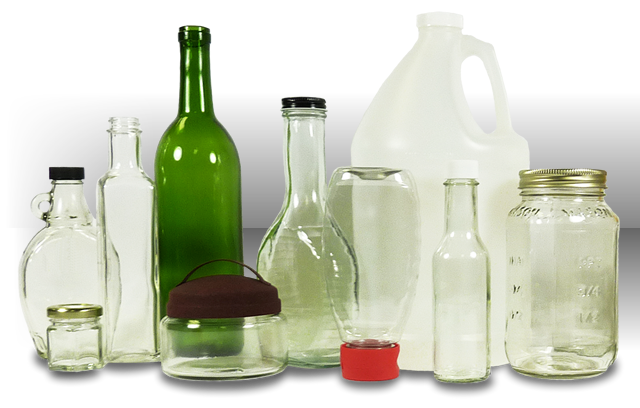2016-05-19 23:17 by Sandy Lau
Glass is the trusted and proven packaging for health, taste and the environment. It is also the only widely-used food packaging granted the FDA status of “GRAS” or generally recognized as safe – the highest standard.

FACTS
- Glass is 100% recyclable and can be recycled endlessly without loss in quality or purity.
- Legislation such as container deposit measures will further enhance the benefits associated with glass packaging.
- 80% of the glass that is recovered is made into new glass products.
- A glass container can go from a recycling bin to a store shelf in as little as 30 days. An estimated 80% of recovered glass containers are made into new glass bottles.
- Glass is nonporous and impermeable, so there are no interactions between glass packaging and products to affect the flavor of food and beverages. No nasty after taste - ever.
- Glass has an almost zero rate of chemical interactions, ensuring that the products inside a glass bottle keep their strength, aroma, and flavor.
- When consumers choose foods or beverages that are packaged in glass, they avoid potential risks while enjoying a number of benefits.
More Infomation:
HOW LARGE IS THE U.S. GLASS CONTAINER MANUFACTURING INDUSTRY?
Glass container companies represent a $5.5 billion dollar industry, and employ about 18,000 skilled workers in 49 glass manufacturing plants in 22 states. There are over 80 recycled glass processors in 35 states. On average, a typical glass processing facility can handle 20 tons of color-sorted glass per hour.
WHAT TYPES OF GLASS CAN BE RECYCLED? WHAT ARE THE INDUSTRY STANDARDS FOR CULLET?
Glass containers, such as those for food and beverages, can be recycled. Other types of glass, like windows, ovenware, Pyrex, crystal, etc. are manufactured through a different process. If these materials are introduced into the manufacturing process, they can cause production problems and defective containers. Furnace-ready cullet must also be free of contaminants such as metals, ceramics, gravel, stones, etc. Color sorting makes a difference, too. Glass manufacturers are limited in the amount of mixed cullet they can use to manufacture new containers. Separating recycled container glass by color allows the industry to ensure that new bottles match the color standards required by glass container customers.
WHAT RECYCLING APPROACHES DOES THE INDUSTRY FAVOR? HOW DO THEY WORK?
Ideally, any recycling program that results in color separated, contaminant-free recycled glass helps ensure that these materials are recycled into new glass containers. While curbside collection of glass recyclables can generate high participation and large amounts of recyclables, drop-off and commercial collection programs often yield higher-quality container glass.
From Discussion Forums
Must have guide for every businessman.
Buy Now just for USD$15.
Available in English and Malay version (Format: E-Book and Hard Cover)
Availability: All around the world.
Conatct us: +60126694217
alveolegame@gmail.com
Rijal Abd Shukor
Business Guru & Master Consultant
Conatct us: +60126694217
alveolegame@gmail.com
Rijal Abd Shukor
Business Guru & Master Consultant



No comments:
Post a Comment